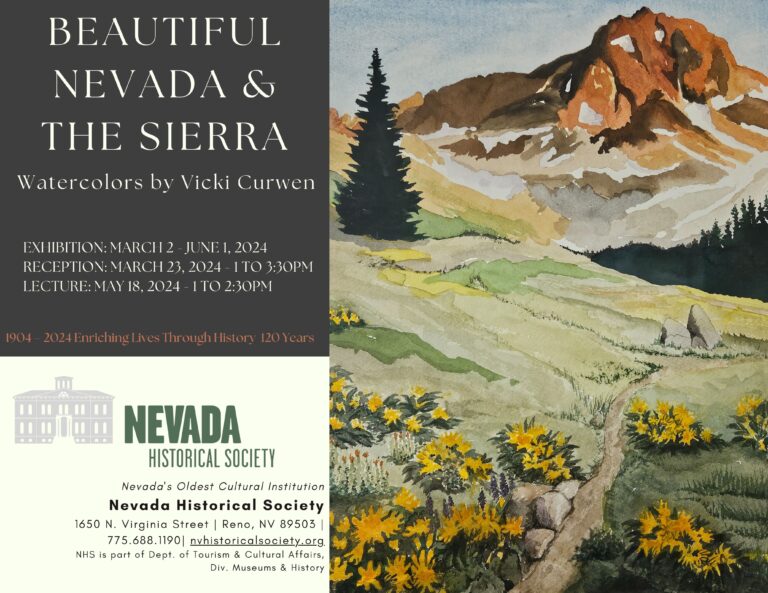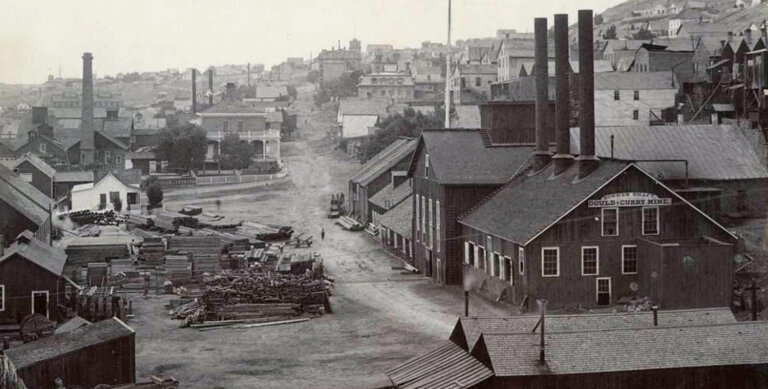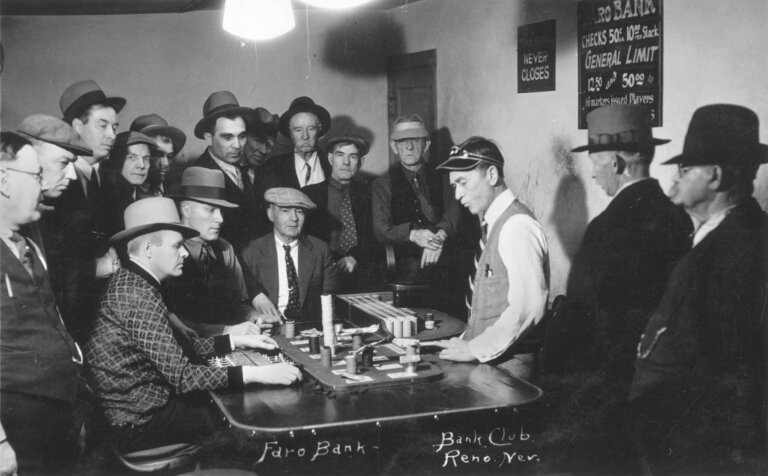Current Exhibits
Changing Gallery
Beautiful Nevada & The Sierra
Our newest exhibition, Beautiful Nevada & The Sierra, Watercolors by Vicki Curwen have been receiving many positive comments from our visitors. Our reception is scheduled for Saturday, March 23, 2024 from 1 to 3:30pm. Here’s your chance to meet Vicki Curwen while checking out some beautiful Nevada watercolors depicting buildings, landscape, and birds that are available for … Read More
Changing Gallery
Permanent Exhibits
NEVADA HISTORY
PERMANENT GALLERY – NEVADA HISTORYNevada: Prisms & Perspectives, the latest version of the Nevada Historical Society’s Wilbur S. Shepperson Nevada Gallery. All of the … Read More
Permanent Gallery
RENO HISTORY
PERMANENT GALLERY – RENO HISTORYReno History Gallery – The Biggest Little City in the World is the latest version of the Nevada Historical Society’s … Read More
Permanent Gallery



